Within the context of telephones, Teenage Engineering is greatest identified for its collaboration with Nothing; the Cellphone 1 and Cellphone 2’s distinctive design identification was created by the Swedish model. And whereas it groups up with loads of different manufacturers to design eye-catching merchandise — such because the Playdate handheld console — its primary focus is music manufacturing gear.
I’ve at all times been a fan of Teenage Engineering’s Pocket Operator sequence of miniature synths, and a decade after its launch, the OP-1 continues to be a standout synth. The model rolled out its discipline system firstly of final yr, introducing a variety of units which can be designed for moveable use. The CM-15 is part of that vary, which features a discipline recorder, mixer, and a lighter OP-1 dubbed the OP-1 Discipline.
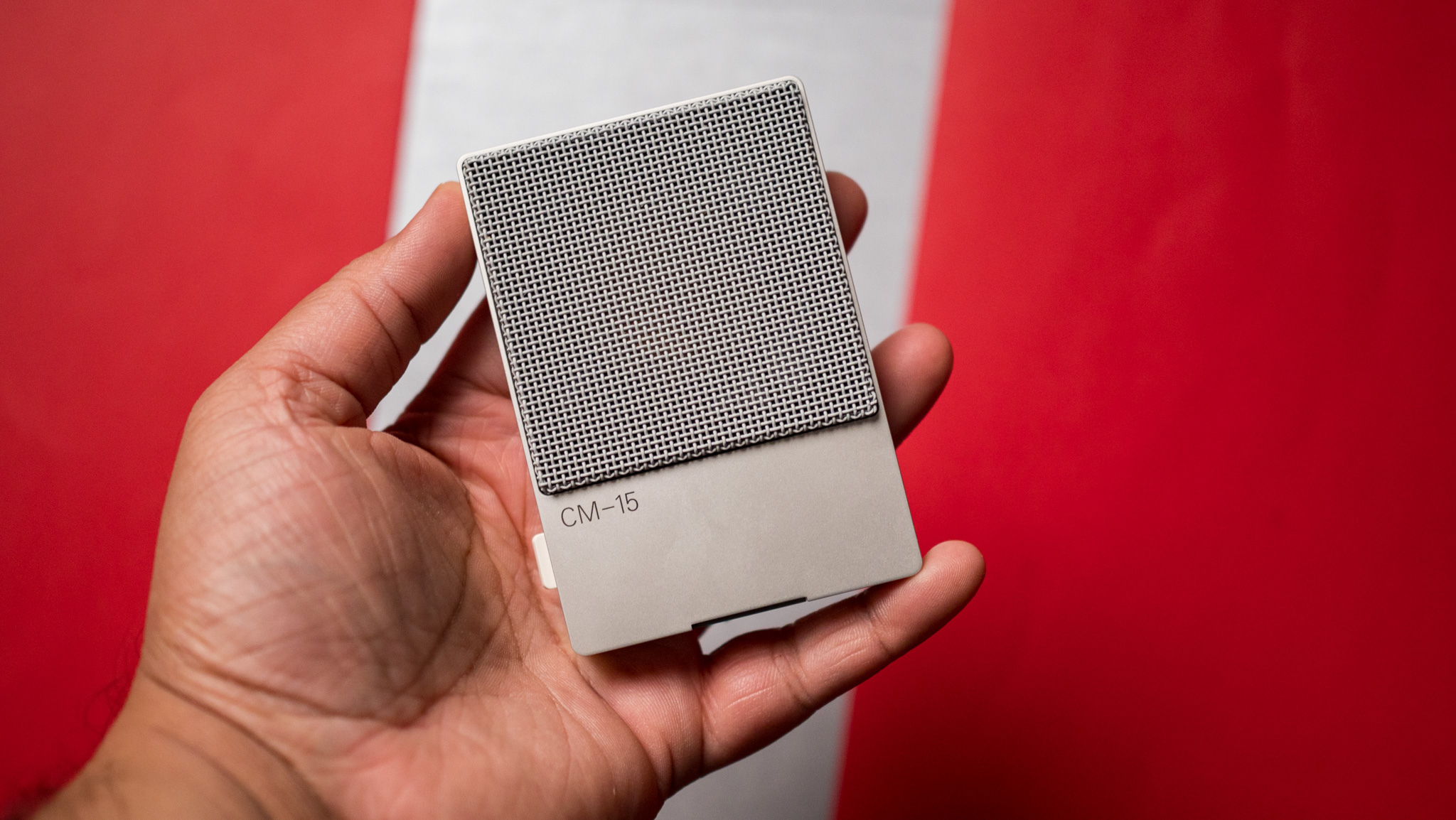
The thought is to have the ability to create music on the go, and every of the merchandise is designed to work along side the remaining. The CM-15 is especially notable due to its sheer versatility; you need to use it as a conventional studio mic to report vocals or devices, and there is the power to attach it to your cellphone and use it to report audio — that is useful throughout interviews — and a lot extra.
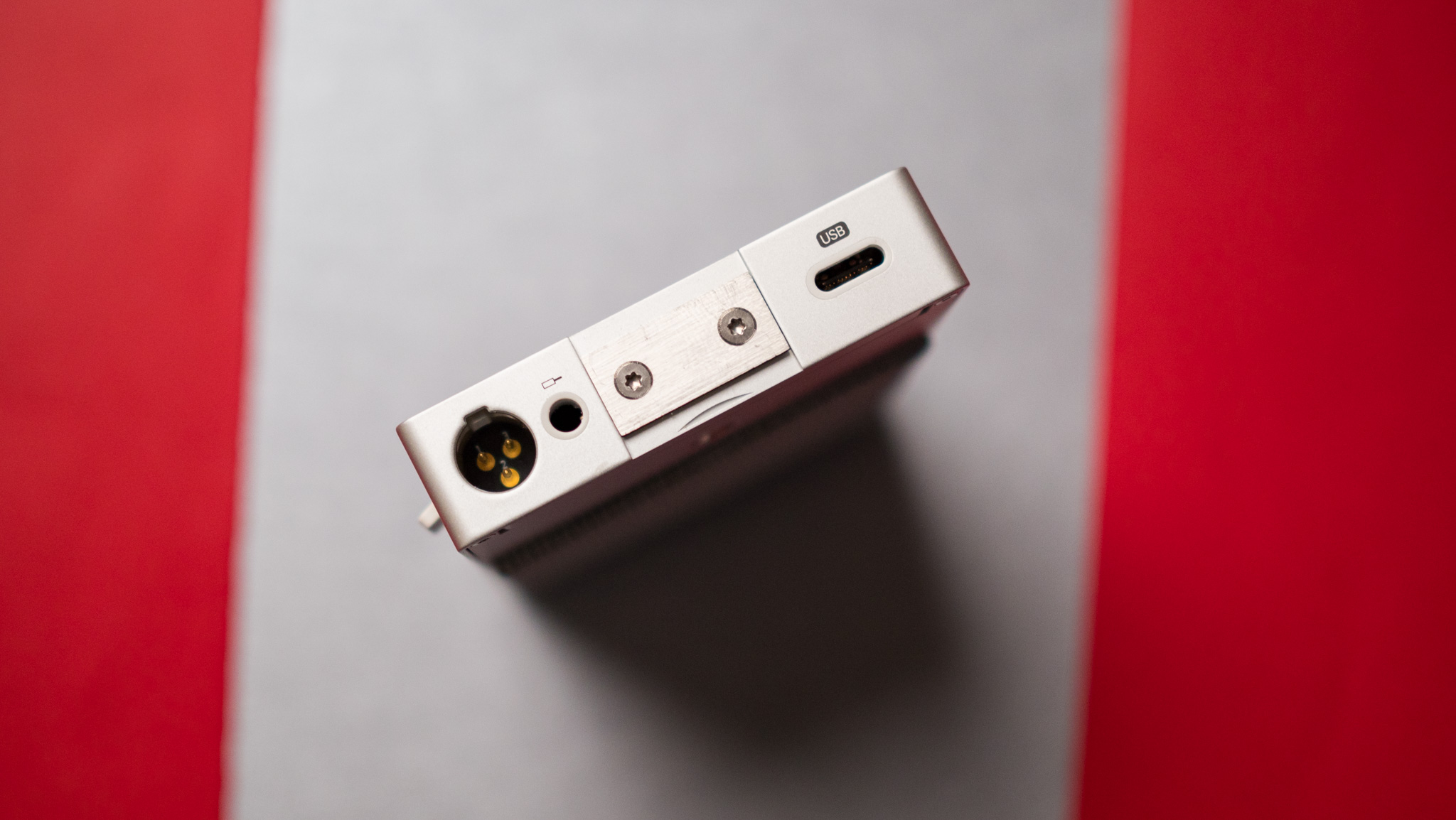
Then there’s the design. Clearly, design is not a key consideration in terms of a mic, however the CM-15 has a minimal aesthetic that differentiates it from different studio mics. The diminutive measurement makes it an incredible selection to be used on the highway; it’s about half the scale of a cellphone, and weighs simply 132g — no small feat contemplating it has a built-in battery.
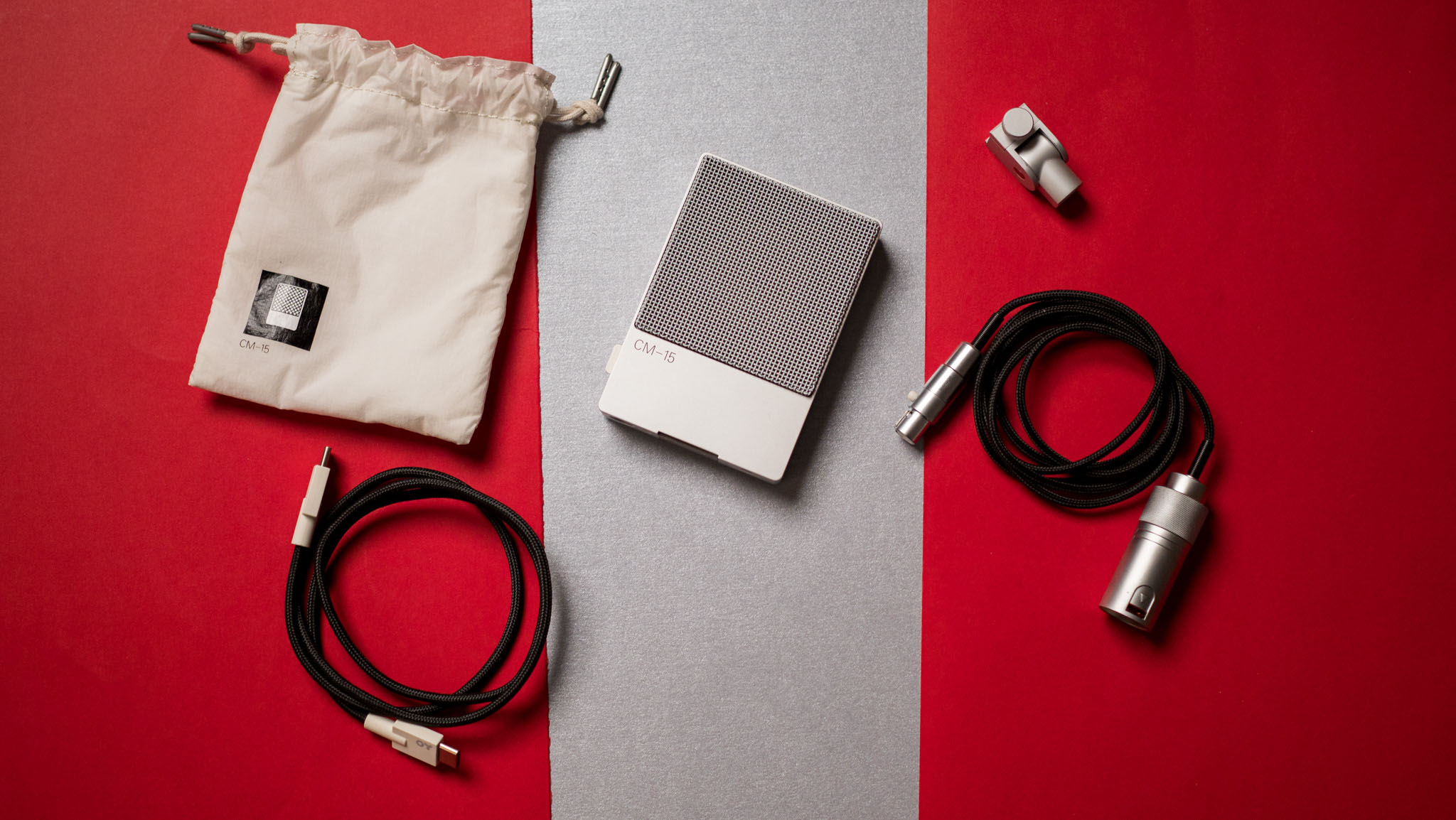
Clearly, numerous thought went into the design of the CM-15, and the small kind issue mixed with the anodized aluminum chassis makes it inherently moveable and sturdy. You additionally get an honest set of equipment within the field; the bundled adapter permits to mount the CM-15 on a tripod with relative ease, and also you get a mini-XLR to XLR together with USB-C to USB-C cables and a discipline pouch with a waterproof material.
The design function I like probably the most is the built-in kickstand on the again; it permits the mic to remain upright on a desk with out having to make use of a mount. Connectivity is by way of mini-XLR, 3.5mm, and USB-C, and you may energy it by way of 48V phantom energy, USB-C, or use the inner battery. It switches between the three mechanically, and there is a tiny LED on the facet that serves as a visible indicator for the battery cost degree.
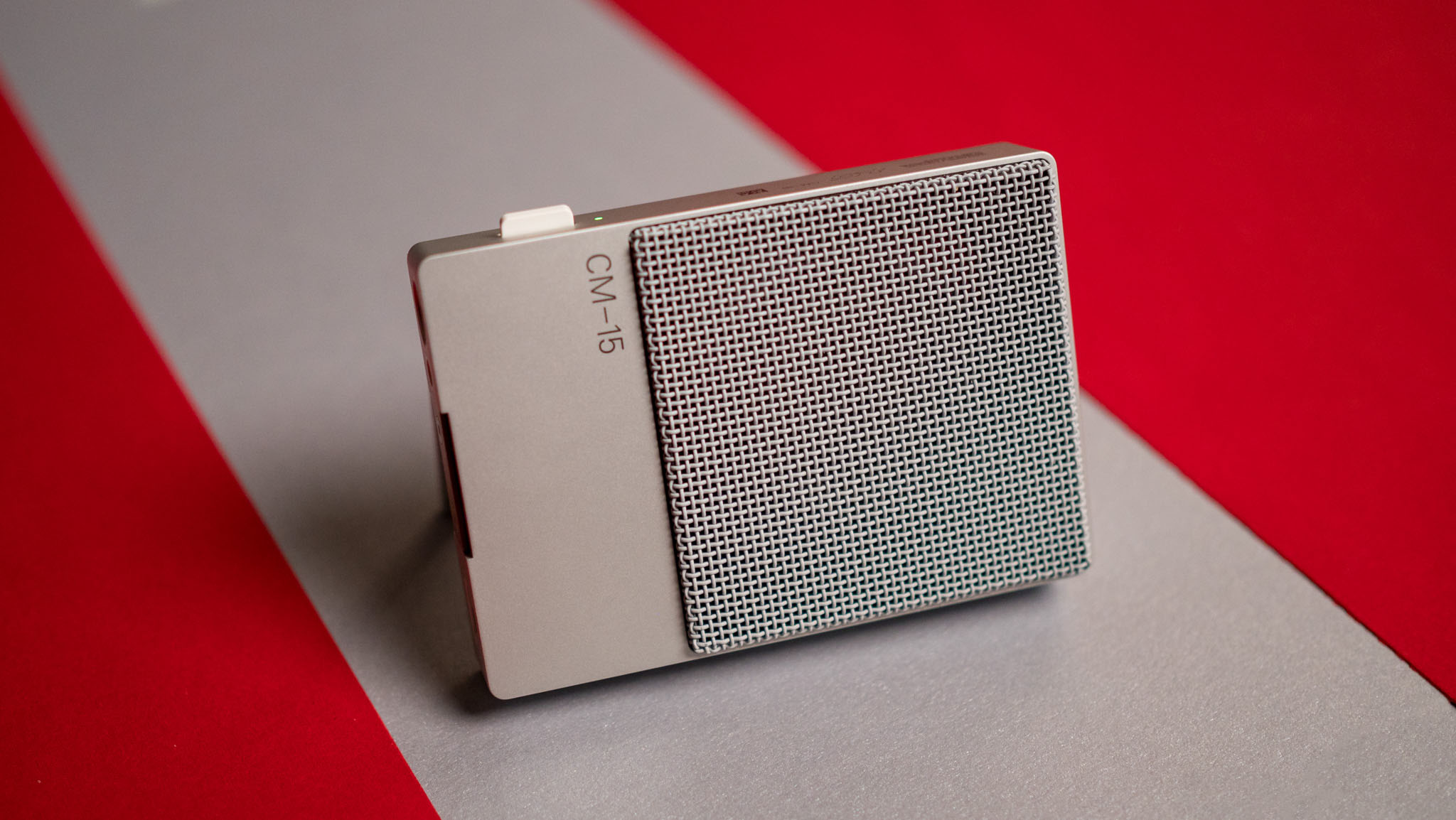
Charging the battery takes simply over two hours, and also you get almost 9 hours of utilization between costs — which is greater than satisfactory on this setting.
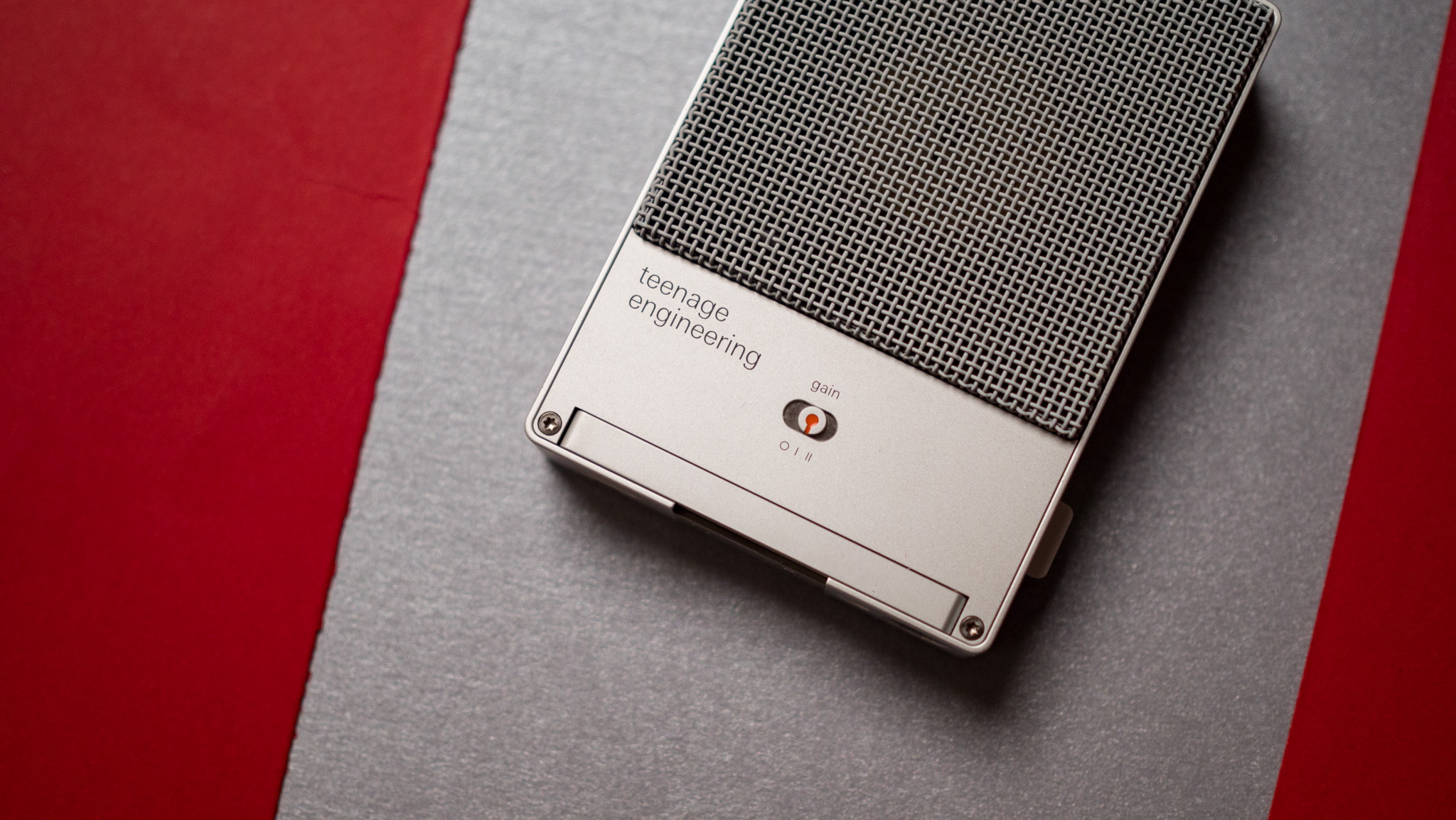
Apart from the facility button that is on the left, the one different toggle on the CM-15 is the acquire swap; there are three modes obtainable, with the left-most place at 0dB, the center setting boosting acquire by 14dB, and the right-most place growing it by 32dB.
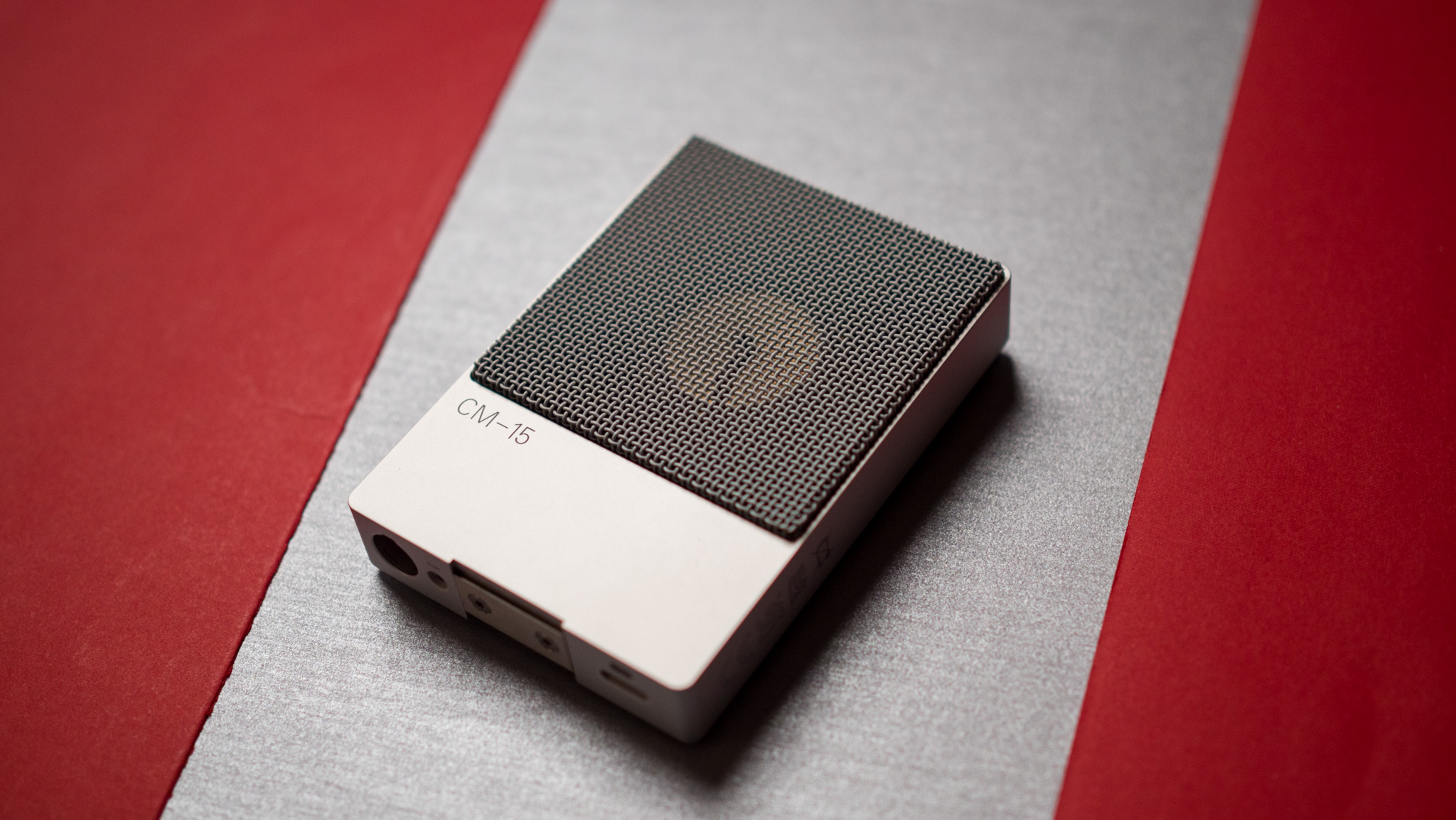
Coming to the mic itself, the CM-15 features a 1-inch diaphragm capsule that is manufactured by Peluso Microphones. The sound high quality is incredible; I usually use a Blue Yeti to report audio and the occasional instrument, and the CM-15 is in one other league altogether.
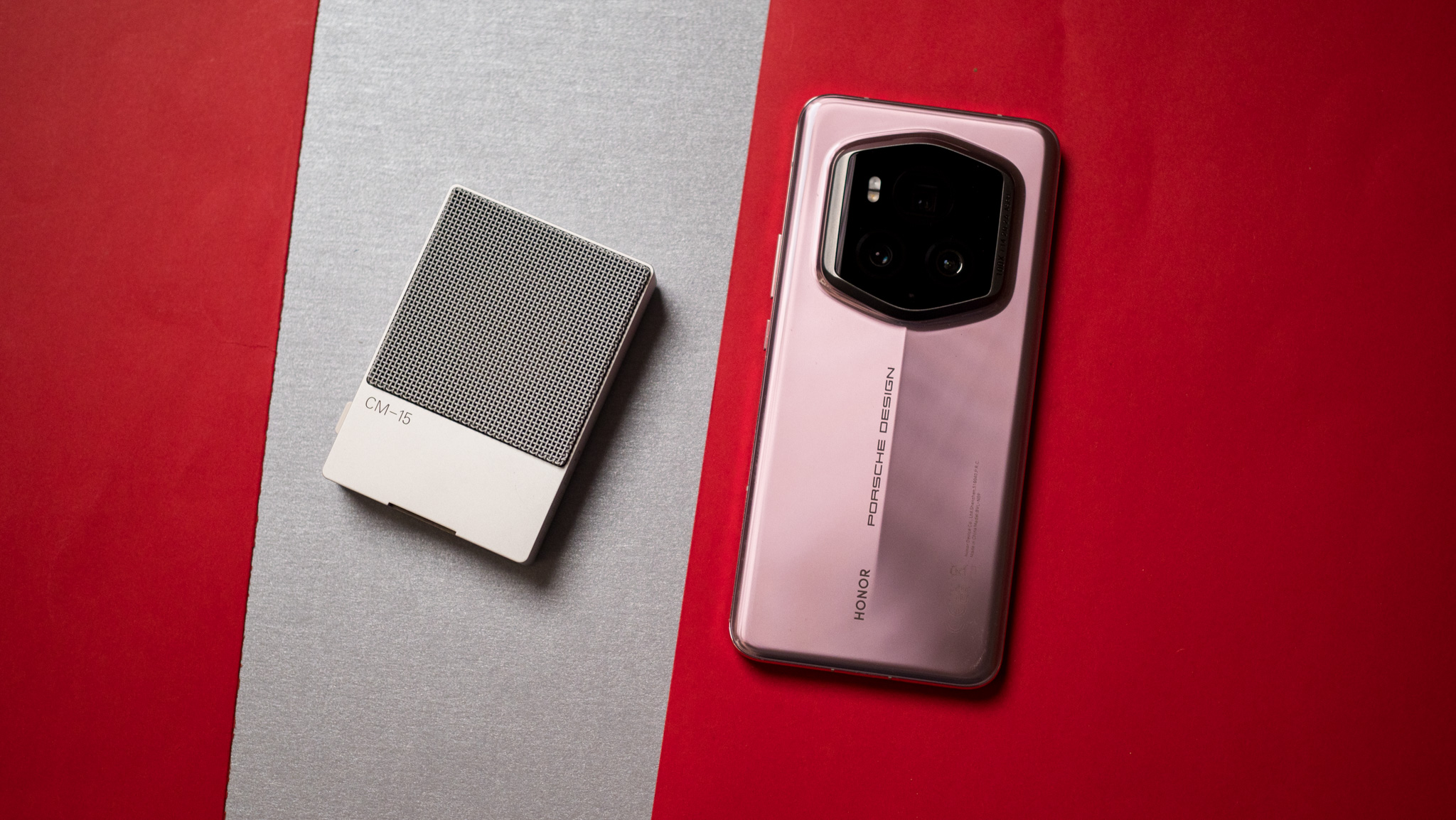
The condenser mic has a unidirectional sample, so it picks up sounds in entrance of it, and it does an honest job isolating ambient noise. One of the best half is the flexibility; I used the CM-15 for the higher a part of 4 months, and in that point, I recorded interviews on the go, plugged it into my cellphone to report audio, and whereas it’s vastly overkill for this use case, I attended a number of dozen briefings and conferences with it.
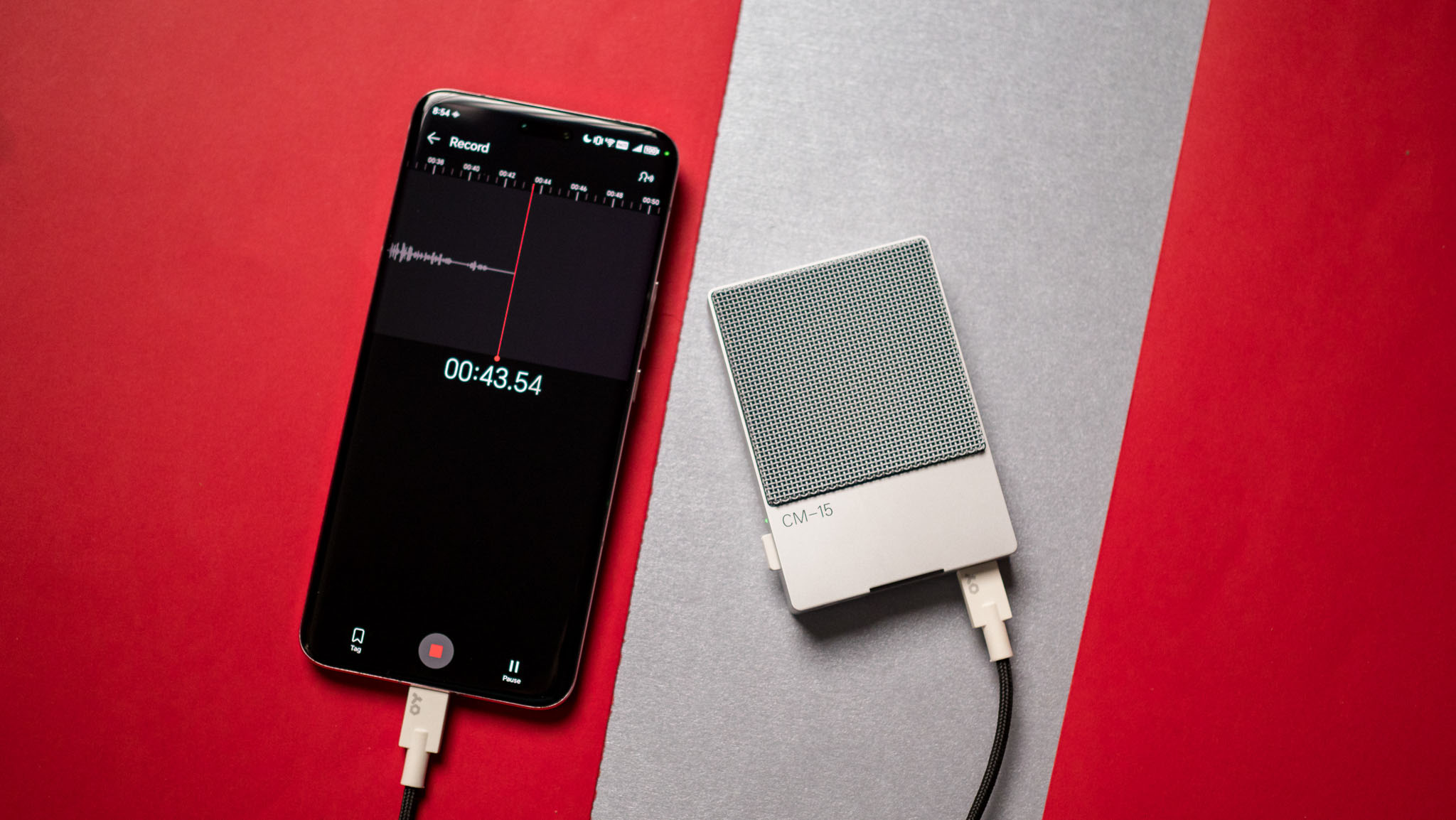
It’s excellent as a studio mic, and the portability offers it a definite edge. Coming in at $1,199, the CM-15 is a number of magnitudes costlier than most merchandise on this class, however in order for you a high-quality studio mic with a sturdy design that can be utilized wherever, it’s a nice selection.
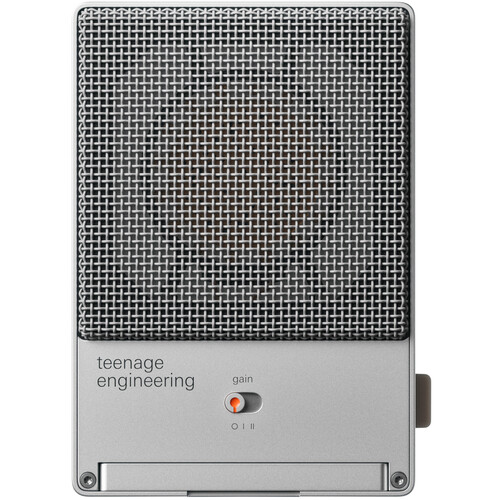
Teenage Engineering CM-15
With incredible sound and a chic design, the CM-15 holds its personal in opposition to the very best studio mics.









.png?w=440&resize=440,0&ssl=1)
.png?w=320&resize=320,0&ssl=1)


Leave a Comment